Do you have a question about the Olympus BF-XP190 and is the answer not in the manual?
Importance of reviewing the manual and requirements for personnel operating the endoscope.
Guidelines for equipment integration and endoscope cleaning/storage.
Warning against unauthorized repair and explanation of warning indicators.
General safety warnings for handling the endoscope during procedures.
Precautions regarding illumination heat, intensity, and electrical contact safety.
Specific cautions and risks associated with transnasal insertion procedures.
Actions to take if the endoscopic image is lost or frozen during use.
Diagram and description of the endoscope's control and insertion tube parts.
Technical specifications including operating, storage, and transportation environments.
Detailed technical specifications for specific endoscope models BF-XP190 and BF-P190.
Essential safety warnings and precautions during endoscope operation.
Guidance on holding, manipulating, and inserting the endoscope into the body cavity.
Guidelines for safely inserting and using therapeutic accessories into the endoscope.
Safety and operational guidelines for performing high-frequency cauterization procedures.
Instructions and warnings for performing APC treatments with the endoscope.
Step-by-step guide for safely removing the endoscope after a procedure.
General advice on identifying and resolving issues with the endoscope based on inspection.
Common problems with image display and their solutions, such as dirty lenses or incorrect settings.
Procedures for withdrawing the endoscope when an issue occurs during use, referring to specific scenarios.
Instructions on how to contact Olympus and prepare the endoscope for service, including necessary information.
| Insertion Tube Diameter | 4.9 mm |
|---|---|
| Working Length | 600 mm |
| Field of View | 120° |
| Distal End Diameter | 5.5 mm |
| Bending Angles Up | 180° |
| Bending Angles Down | 130° |
| Direction of View | Forward |
| Angulation Range Up | 180° |
| Angulation Range Down | 130° |
| Minimum Visible Distance | 3 mm |
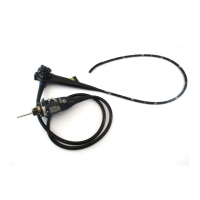
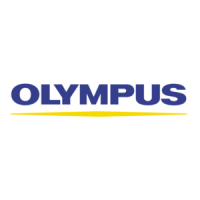

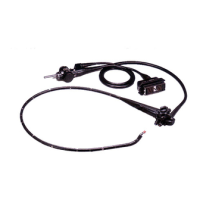

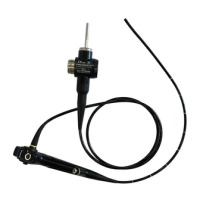


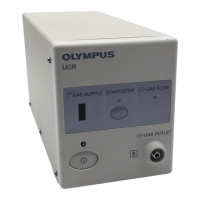
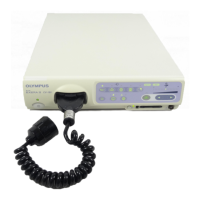
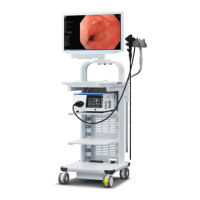

